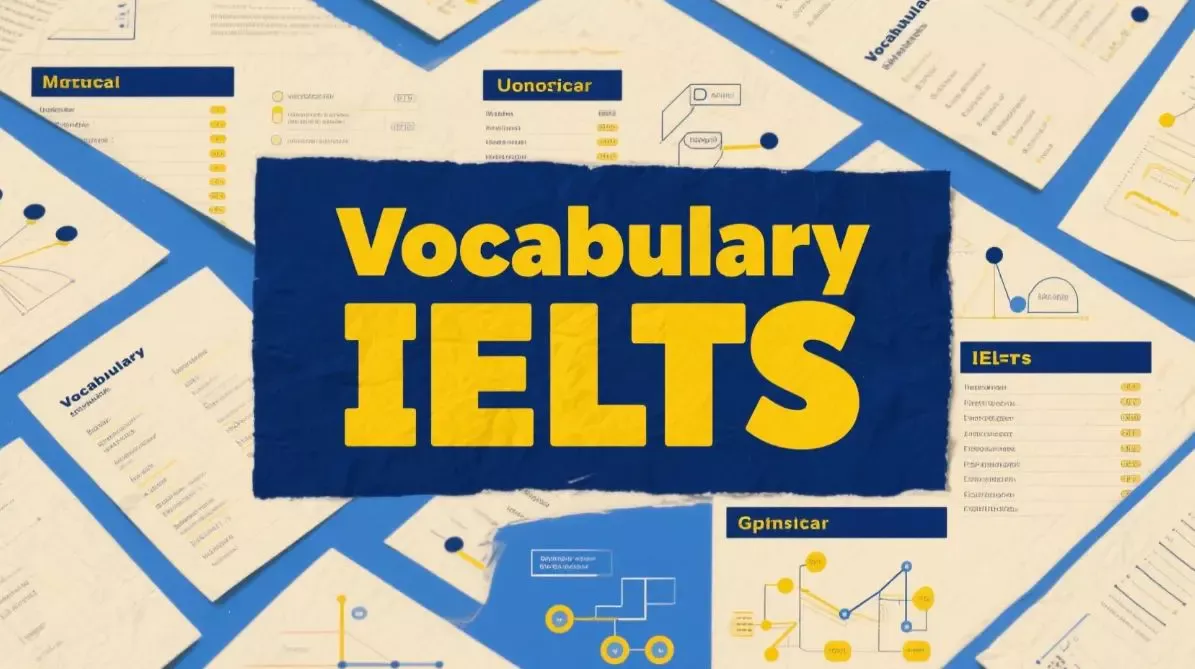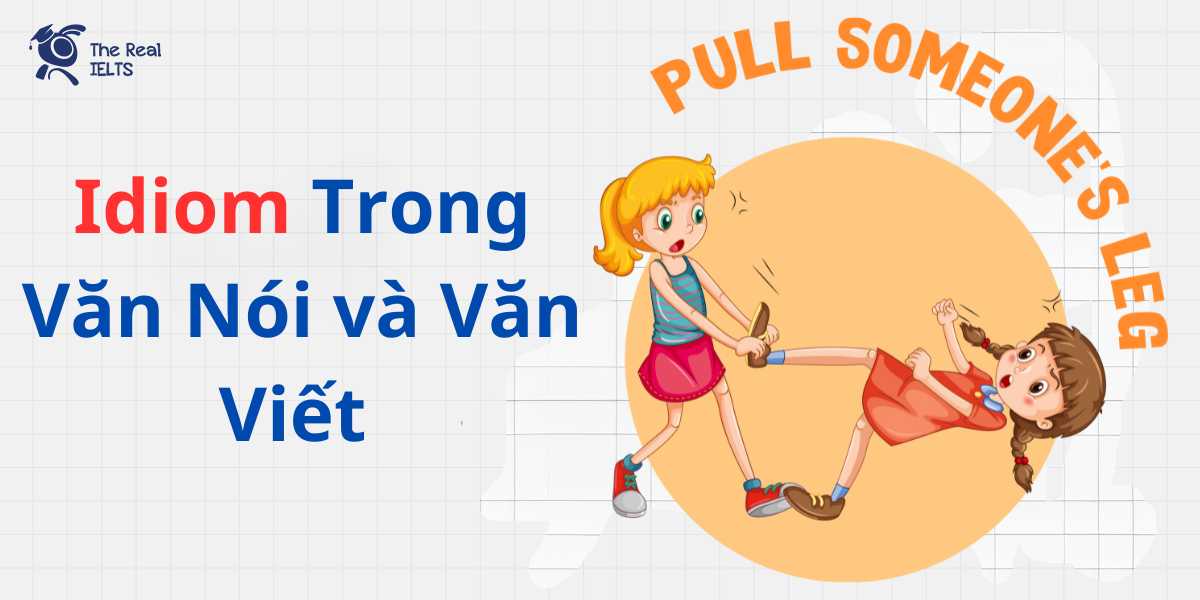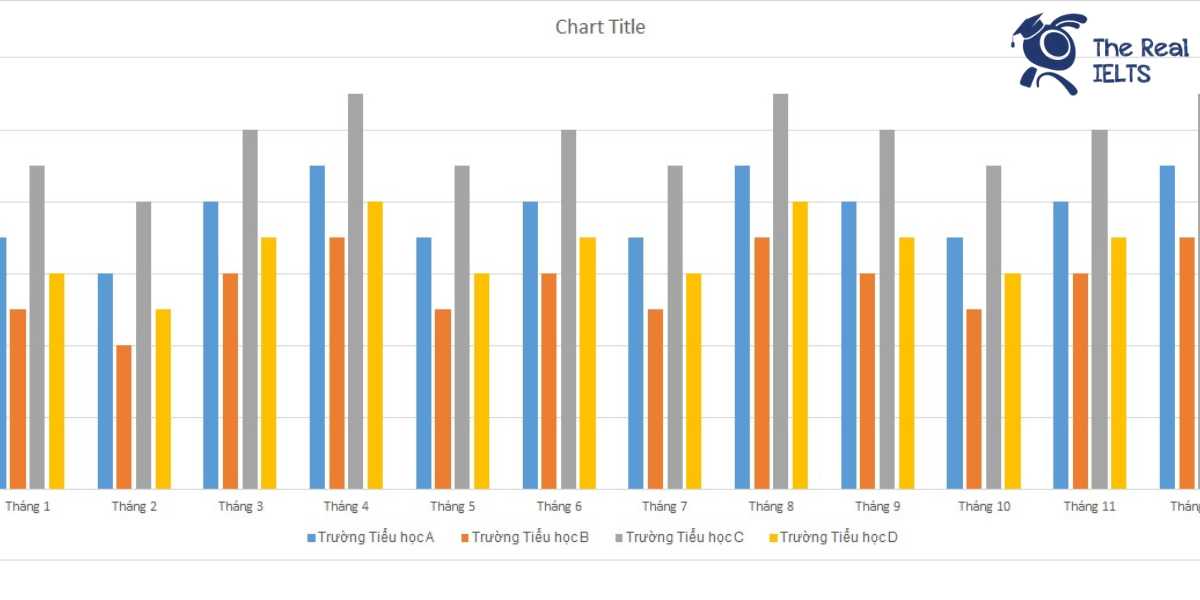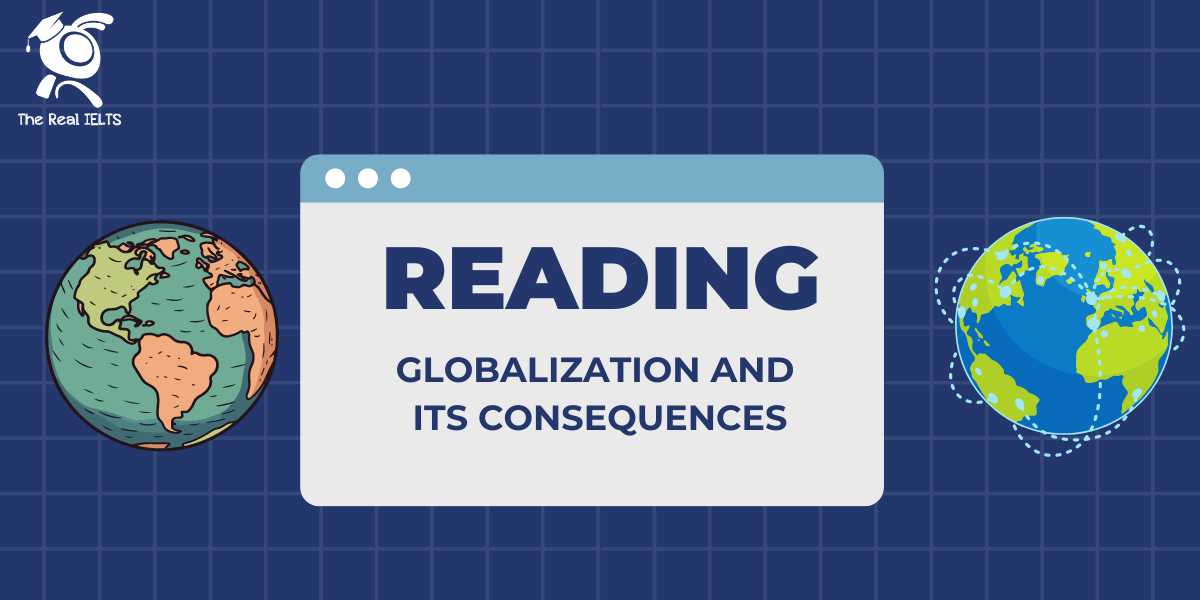Đề bài IELTS Writing task 2 dạng dạng Advantages and Disadvatages: Minimum Wage Laws
You should spend about 40 minutes on this task
The implementation of a higher minimum wage. Do the advantages of this outweigh the disadvantages?
Write at least 250 words.
Bài mẫu IELTS Writing Task 2 dạng Advantages and Disadvatages: Minimum Wage Laws
Introduction
The implementation of higher minimum wage laws has been a topic of debate globally. Proponents argue that it improves the standard of living for low-income workers, while opponents claim it could harm businesses and the economy. This essay will examine both the advantages and disadvantages of raising the minimum wage, with the conclusion that the benefits slightly outweigh the drawbacks in the long run.
Body Paragraph 1: Advantages
One major advantage of increasing the minimum wage is the improvement in the living standards of low-income workers. By earning more, individuals and families can better afford necessities such as food, housing, and healthcare, reducing poverty levels. For example, in the United States, a 2019 study by the Economic Policy Institute showed that a higher minimum wage could lift nearly 1.3 million people out of poverty.
Another benefit is the potential to boost employee morale and productivity. Workers who are paid better often feel more valued, leading to greater job satisfaction and higher motivation. This can reduce turnover rates and enhance efficiency in the workplace. For instance, in companies like Costco, which offers wages above the minimum, employee retention rates are significantly higher than those of their competitors who offer lower wages.
Body Paragraph 2: Disadvantages
However, raising the minimum wage can also present challenges. One significant disadvantage is the increased cost to businesses, particularly small and medium-sized enterprises (SMEs). These companies may struggle to pay higher wages, which could force them to reduce staff, cut working hours, or even close down. A survey conducted in the UK in 2020 found that 30% of small businesses reported having to lay off workers after the minimum wage was raised.
Another potential downside is inflation. When wages rise, companies often pass on the added costs to consumers by increasing prices. This could lead to higher living costs, counteracting the intended benefits of wage increases. For example, after the minimum wage hike in Seattle in 2016, there were reports of rising prices in local restaurants, which affected not only low-wage workers but all consumers in the city.
Conclusion
In conclusion, while the implementation of higher minimum wage laws does come with some disadvantages, such as potential job losses and inflation, the benefits of improved living standards and higher productivity for workers are substantial. On balance, the advantages of raising the minimum wage slightly outweigh the disadvantages, especially if implemented alongside measures to support small businesses and manage inflationary pressures.
Thống kê cấu trúc câu và cấu trúc ngữ pháp
1. Cấu trúc câu (Sentence Structure):
- Simple Sentences (Câu đơn):
- For example, in the United States, a 2019 study by the Economic Policy Institute showed that a higher minimum wage could lift nearly 1.3 million people out of poverty.
- This could lead to higher living costs, counteracting the intended benefits of wage increases.
- Compound Sentences (Câu ghép):
- Proponents argue that it improves the standard of living for low-income workers, while opponents claim it could harm businesses and the economy.
- Workers who are paid better often feel more valued, leading to greater job satisfaction and higher motivation.
- Complex Sentences (Câu phức):
- By earning more, individuals and families can better afford necessities such as food, housing, and healthcare, reducing poverty levels.
- Another potential downside is inflation, which could lead to higher living costs.
- Compound-Complex Sentences (Câu ghép phức):
- While the implementation of higher minimum wage laws does come with some disadvantages, such as potential job losses and inflation, the benefits of improved living standards and higher productivity for workers are substantial.
2. Cấu trúc ngữ pháp (Grammar Structures):
- Present Simple (Hiện tại đơn):
- Used to describe facts and general opinions.
- The implementation of higher minimum wage laws has been a topic of debate globally.
- Proponents argue that it improves the standard of living.
- Used to describe facts and general opinions.
- Present Perfect (Hiện tại hoàn thành):
- Used to describe actions that started in the past and are relevant to the present.
- The implementation of higher minimum wage laws has been a topic of debate globally.
- Small businesses have reported having to lay off workers.
- Used to describe actions that started in the past and are relevant to the present.
- Modals (Động từ khuyết thiếu):
- Used to express possibility or certainty.
- A higher minimum wage could lift nearly 1.3 million people out of poverty.
- Companies may struggle to pay higher wages.
- Used to express possibility or certainty.
- Passive Voice (Câu bị động):
- Used to focus on the action or result rather than the doer.
- Small businesses reported having to lay off workers after the minimum wage was raised.
- The benefits of raising the minimum wage slightly outweigh the disadvantages.
- Used to focus on the action or result rather than the doer.
- Gerunds (Danh động từ):
- Used as the subject or object of a sentence.
- By earning more, individuals can better afford necessities.
- Raising the minimum wage can also present challenges.
- Used as the subject or object of a sentence.
- Relative Clauses (Mệnh đề quan hệ):
- Used to provide additional information.
- This can reduce turnover rates and enhance efficiency in the workplace.
- Workers who are paid better often feel more valued.
- Used to provide additional information.
Các từ vựng tiếng Anh cần lưu ý trong bài viết
1. Implementation (Danh từ)
- Định nghĩa: Quá trình thực hiện một chính sách, kế hoạch hoặc luật.
- Ví dụ trong bài: The implementation of higher minimum wage laws has been a topic of debate globally.
- Cách dùng: Thường được dùng trong bối cảnh nói về việc thực thi các chính sách hoặc luật lệ.
2. Standard of living (Cụm danh từ)
- Định nghĩa: Mức sống, đề cập đến khả năng tiếp cận các nhu cầu cơ bản như thực phẩm, nước uống, chỗ ở, và dịch vụ y tế.
- Ví dụ trong bài: Proponents argue that it improves the standard of living for low-income workers.
- Cách dùng: Dùng khi đề cập đến chất lượng cuộc sống của một nhóm người hoặc toàn bộ dân số.
3. Poverty (Danh từ)
- Định nghĩa: Tình trạng nghèo khổ, không có đủ tài nguyên hoặc tiền bạc để đáp ứng các nhu cầu cơ bản.
- Ví dụ trong bài: A higher minimum wage could lift nearly 1.3 million people out of poverty.
- Cách dùng: Thường dùng khi thảo luận về các vấn đề kinh tế và xã hội.
4. Morale (Danh từ)
- Định nghĩa: Tinh thần hoặc thái độ của một người hoặc nhóm người trong công việc, đặc biệt liên quan đến mức độ hài lòng và động lực.
- Ví dụ trong bài: Another benefit is the potential to boost employee morale and productivity.
- Cách dùng: Thường dùng trong ngữ cảnh nói về tinh thần làm việc hoặc động lực của nhân viên.
5. Turnover rate (Cụm danh từ)
- Định nghĩa: Tỷ lệ thay thế lao động, tỷ lệ nhân viên rời khỏi công ty và được thay thế bằng nhân viên mới.
- Ví dụ trong bài: This can reduce turnover rates and enhance efficiency in the workplace.
- Cách dùng: Dùng khi thảo luận về tỷ lệ thay đổi nhân sự trong một tổ chức.
6. Inflation (Danh từ)
- Định nghĩa: Sự tăng giá chung của hàng hóa và dịch vụ trong một nền kinh tế theo thời gian.
- Ví dụ trong bài: Another potential downside is inflation.
- Cách dùng: Dùng trong các thảo luận về kinh tế khi nói về việc tăng giá và ảnh hưởng của nó.
7. Disadvantage (Danh từ)
- Định nghĩa: Bất lợi, khía cạnh tiêu cực của một vấn đề hoặc quyết định.
- Ví dụ trong bài: Raising the minimum wage can also present challenges, one significant disadvantage is the increased cost to businesses.
- Cách dùng: Dùng để liệt kê các điểm bất lợi hoặc nhược điểm trong một vấn đề.
8. Counteract (Động từ)
- Định nghĩa: Chống lại, làm suy giảm tác dụng của cái gì.
- Ví dụ trong bài: This could lead to higher living costs, counteracting the intended benefits of wage increases.
- Cách dùng: Thường sử dụng khi muốn nói về việc chống lại một ảnh hưởng tiêu cực.
9. Retention rate (Cụm danh từ)
- Định nghĩa: Tỷ lệ duy trì nhân viên, tỷ lệ nhân viên ở lại trong công ty.
- Ví dụ trong bài: In companies like Costco, which offers wages above the minimum, employee retention rates are significantly higher.
- Cách dùng: Sử dụng trong bối cảnh nhân sự và quản lý nguồn lực.
10. Substantial (Tính từ)
- Định nghĩa: Lớn lao, đáng kể.
- Ví dụ trong bài: The benefits of improved living standards and higher productivity for workers are substantial.
- Cách dùng: Thường dùng để nhấn mạnh mức độ lớn hoặc quan trọng của một điều gì đó.
11. Lay off (Cụm động từ)
- Định nghĩa: Cho nhân viên nghỉ việc, thường do vấn đề tài chính hoặc thừa nhân lực.
- Ví dụ trong bài: Small businesses reported having to lay off workers after the minimum wage was raised.
- Cách dùng: Thường dùng khi nói về việc cắt giảm nhân sự trong doanh nghiệp.
Đọc thêm về bài viết gợi ý luyện thi IELTS.















